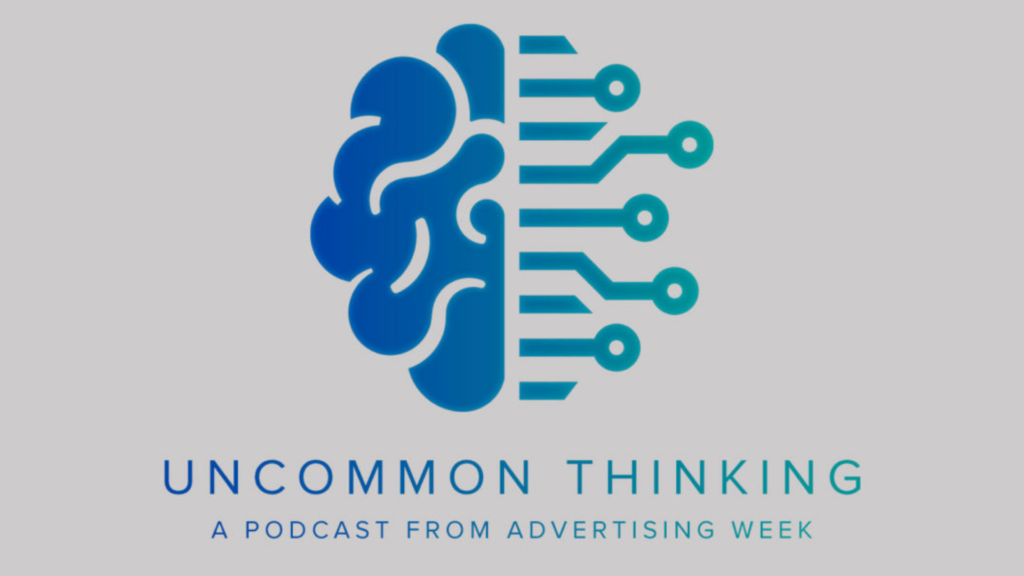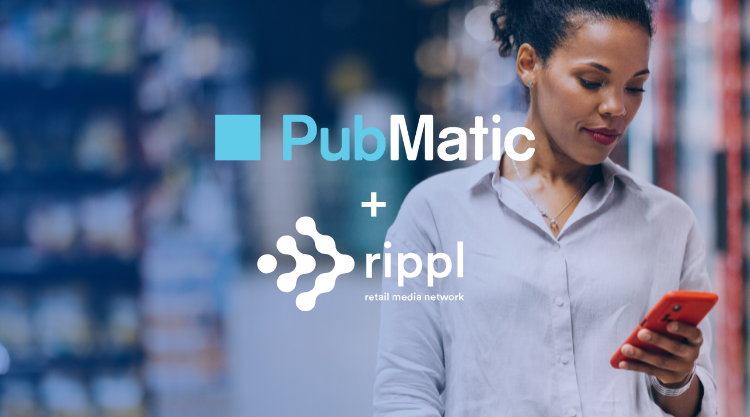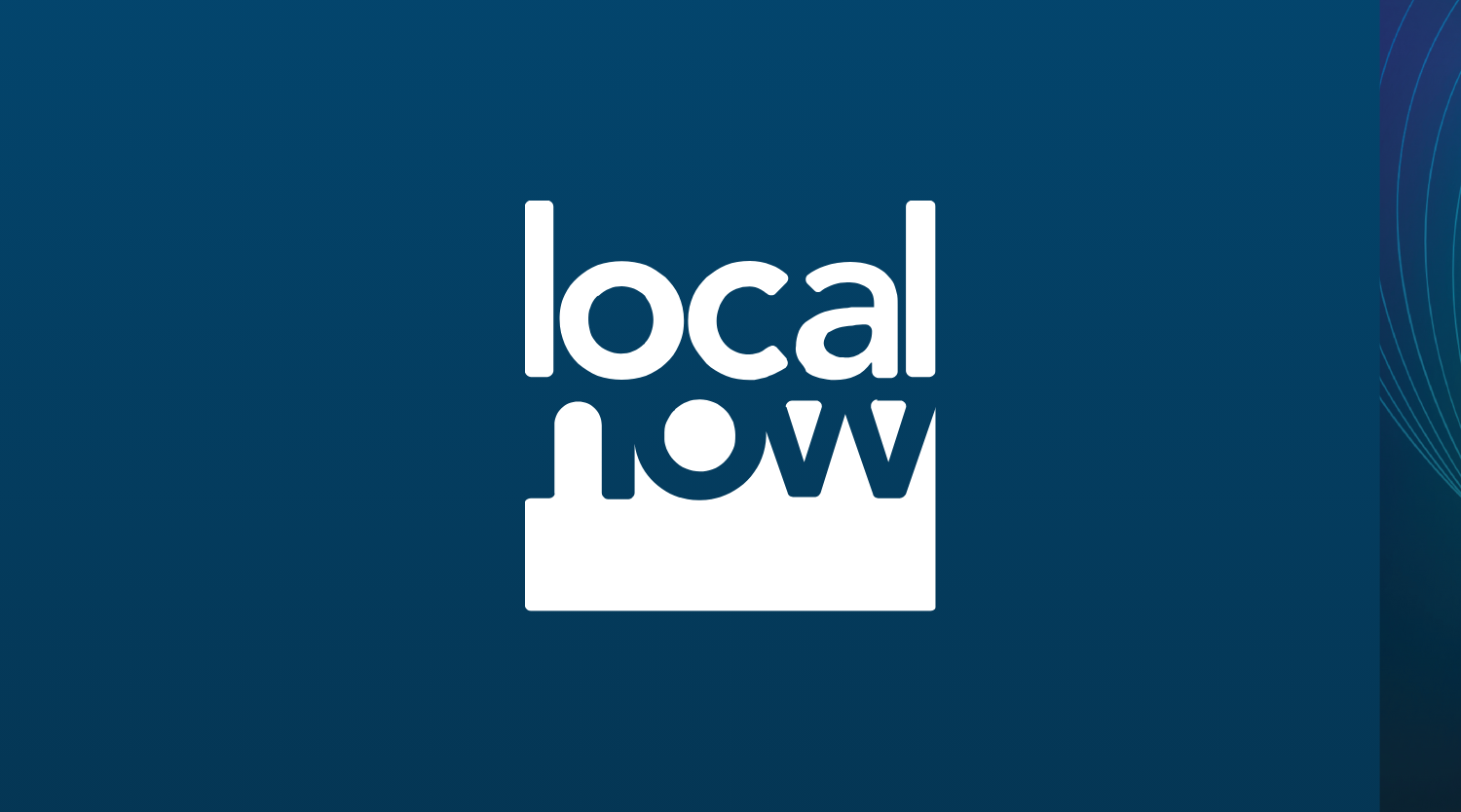In a previous blog post about an AW360 Uncommon Thinking podcast hosted by PubMatic’s Andrew Baron, Vice President of Marketplace, we summarized some of the emerging challenges faced by publishers, media agencies, and advertisers. Against the backdrop of consumer tracking and privacy comes the challenge of identity resolution.
Baron interviewed Alison Gensheimer, Head of Media Platforms and Innovation at Wells Fargo, and Luke Lambert, Head of Programmatic at media agency OMD, about these challenges and some possible ways to meet them while achieving marketing goals and continuing to improve the consumer experience.
Gensheimer said advertisers need to continue to work on these goals through the lens of the full customer journey.
“I want to know the full customer journey and the digital experience or the advertising experience all the way through to that end–conversion event, that sale, or after-sale event, regarding the consumer,” she said. “We have to reset our expectations around what we can measure [and] what we can target.”
In her view, all these issues come back to content.
At Wells Fargo, marketing is focused on customer experiences, she said, because “we’re living in a world where users are accessing more banking digitally. We’re living in a world where people want a different experience, and we need to deliver that as a brand, across every touch point.”
The trick is to be able to reach customers not only at touch points where the brand knows them well, i.e., the owned-by-the-brand ones, but also across the touch points where the brand does not know customers well.
Advertisers also need to confront the issue of responsible targeting, using their own data or that of publishers, she said, while educating consumers on how their data is being used. A third element is in explaining the value proposition available to consumers that trading their personal data and allowing a certain amount of online tracking provides.
Lambert expects ad-tech companies to work directly with publishers to create as much “information transaction as possible” to make sure that the consumer is well aware and understands what value their personal data brings to them.
He envisions this scenario as the best of all possible worlds: a more sophisticated system than the cookie of “permission information,” whereby consumers give conscious permission to publishers and brands to collect their data and track them.
At times, it will be the ad-tech/identity resolution partner of publishers that seeks such permission, Lambert said. But more often, that permission will be sought directly by brands, and part of that equation is in providing a better customer experience.
For example, Lambert said, “When I see a pop up [ad] today, and I see plenty of them presented via a CCPA or GDPR compliant publisher, that may be satiating the regulator, but it is, in and of itself, delivering a poor consumer experience.”
He added. “And when a brand is aligned to that, the next thing you see is maybe a native ad integrated into the thing you’re trying to get to. Maybe subconsciously you start to have this negative brand impact.”
Most consumers never want to see an ad interrupt them again online, and the digital advertising ecosystem needs to elevate that experience, he said, and Gensheimer included data-rich addressable, ad-supported television being included in the elevated ad experience mix.
On the issue of identity resolution, she posited the following scenario: If a brand meets with 11 different data providers, it would take about a three-hour deep dive with each one to get a sense of how they will resolve privacy issues. The question comes back to how a brand will decide on which of those identity solutions, or a combination of those, to use.
“It sounds like the right way to go,” she said. “But I fear that it’s one regulation away from not being solvable, to being fully disrupted again. And here we’re back to square one.”
Andrew Baron foresees an ecosystem in which DSPs must support a couple of different IDs. Complicating matters is that some buyers, DSPs and agencies are building their own IDs. Solutions such as PubMatic’s Identity Hub are pushing the envelope for the addressable future, with identity solutions that give back control to content creators and producers; increasing the value of their inventory, improving ad experiences for the consumer – and return on ad spend (ROAS) for the advertiser.
“You could work with multiple DSPs and publishers and multiple buyers,” he said. “We’re back to this complex landscape that we all described.” How should all of these entities think about selecting those set IDs?
Gensheimer said the industry should think of these questions in terms of having a great opportunity to transform current practices.
“We have the opportunity to reinvent it,” she said and can take steps on what best practices should be a year from now. “It’s an opportunity to be part of what the next evolution of this is… do it differently, do it better, do it together, and with a focus in mind of what we want to achieve. And don’t leave anybody out.”





